Introduction
The world of robotics has seen incredible advancements over the past decade, with humanoid robots emerging as one of the most fascinating innovations. These robots, designed to mimic human appearance and behavior, are now being integrated with Artificial Intelligence (AI) to enhance their capabilities. Two of the most notable developments in this field include Tesla’s Optimus and Ameca, both of which are pushing the boundaries of what humanoid robots can achieve.
This article explores the evolution of humanoid robots, the integration of AI in these machines, and how these advancements are shaping industries and society. Additionally, we will discuss the challenges and future possibilities of AI-powered humanoid robots.
The Rise of Humanoid Robots
What Are Humanoid Robots?
Humanoid robots are autonomous machines designed to resemble and interact like humans. They possess articulated limbs, facial expressions, and AI-driven decision-making abilities that allow them to perform complex tasks. Unlike traditional industrial robots that function in controlled environments, humanoid robots are developed to operate in human-centered settings, making them suitable for roles in healthcare, customer service, and even personal companionship.
Key Features of Modern Humanoid Robots
- Advanced AI Algorithms: Enables them to learn, adapt, and make autonomous decisions.
- Natural Language Processing (NLP): Allows them to communicate effectively with humans.
- Facial Recognition & Emotion Detection: Helps them understand and respond to human emotions.
- Dexterous Limbs & Mobility: Enables precise movement for performing tasks like gripping objects and walking.
- Autonomous Navigation: Uses sensors and cameras to move safely in different environments.
AI-Powered Humanoid Robots: A Closer Look at Optimus and Ameca
Tesla’s Optimus: Revolutionizing Automation
Tesla, known for its electric cars and AI-driven innovations, introduced Optimus (formerly Tesla Bot) to revolutionize the workforce. Elon Musk envisions Optimus as a multi-purpose robot capable of performing repetitive or dangerous tasks to assist humans.
Key Features of Optimus:
- AI-driven motor skills: Optimus can walk, lift objects, and complete household or factory tasks.
- Human-like dexterity: Equipped with advanced hands for precision gripping.
- Energy efficiency: Powered by Tesla’s AI and battery technology for long operational hours.
- Integration with Tesla’s AI ecosystem: Optimus benefits from Tesla’s self-driving technology, allowing better decision-making in real-world applications.
Ameca: The Most Expressive Humanoid Robot
Developed by Engineered Arts, Ameca is considered the most advanced humanoid robot in terms of realistic facial expressions and interactive AI. Unlike Optimus, Ameca is designed primarily for human interaction rather than industrial tasks.
Key Features of Ameca:
- Hyper-realistic facial expressions: Ameca can smile, frown, and react naturally to human emotions.
- Conversational AI: Uses NLP and AI models to engage in meaningful discussions.
- Cloud-based AI integration: Constantly improves responses through cloud learning.
- Gesture and posture adaptation: Can adjust body movements to mimic natural human behavior.
How AI Integration is Transforming Humanoid Robots
The integration of AI in humanoid robots is unlocking new possibilities across various industries. These robots are becoming more than just machines; they are developing cognitive abilities, social awareness, and learning capabilities that make them more human-like.
1. AI for Enhanced Decision-Making
Machine learning models allow humanoid robots to analyze situations, make autonomous decisions, and adapt their responses based on real-time data. This ability is crucial in dynamic environments such as healthcare and retail.
2. Natural Language Processing (NLP) and Communication
AI-driven NLP helps humanoid robots understand and respond to human speech. This technology enables robots like Ameca to hold conversations, provide assistance, and even express empathy through tone and gestures.
3. Robotics in Healthcare and Assistance
AI-powered humanoid robots are playing a vital role in elderly care, patient assistance, and rehabilitation therapy. They can monitor vital signs, remind patients to take medication, and even offer companionship.
4. Industrial and Commercial Applications
Companies are leveraging humanoid robots to improve efficiency in manufacturing, logistics, and service industries. Optimus, for instance, is designed to replace humans in hazardous or monotonous jobs, reducing workplace injuries and increasing productivity.
5. Ethical Considerations & Challenges
Despite the promising applications, AI-powered humanoid robots raise concerns regarding job displacement, data privacy, and ethical AI use. As these robots become more integrated into daily life, regulations must ensure they operate ethically and transparently.
The Future of AI-Powered Humanoid Robots
The future of humanoid robots looks promising, with ongoing research in neural networks, biomechanics, and human-robot collaboration. Here are some expected advancements:
- Improved Emotional Intelligence: Future robots will better understand and replicate human emotions.
- Increased Automation in Industries: More companies will adopt humanoid robots for precision work.
- Better Human-Robot Interaction: Robots will seamlessly integrate into daily life, acting as assistants in homes, hospitals, and workplaces.
- Ethical AI & Regulations: Governments and tech leaders will develop policies to regulate AI and ensure responsible deployment.
Conclusion
Humanoid robots like Tesla’s Optimus and Ameca are setting the stage for a future where AI-driven machines coexist with humans. From assisting in healthcare to automating labor-intensive tasks, these robots are transforming industries and redefining how we interact with technology.
While there are challenges to address, such as ethical concerns and AI reliability, the potential benefits of AI-powered humanoid robots outweigh the risks. As technology advances, we can expect these robots to become an integral part of our lives, offering efficiency, safety, and even companionship in ways previously thought impossible.
References:
- Tesla AI Day – 2023 Presentation on Optimus
- Engineered Arts: Ameca Development Report – 2024
- MIT Robotics Research Papers on AI & Humanoids – 2023
- IEEE Robotics and Automation Journal – Latest Trends in AI Robotics
- World Economic Forum – AI & The Future of Work Report 2024
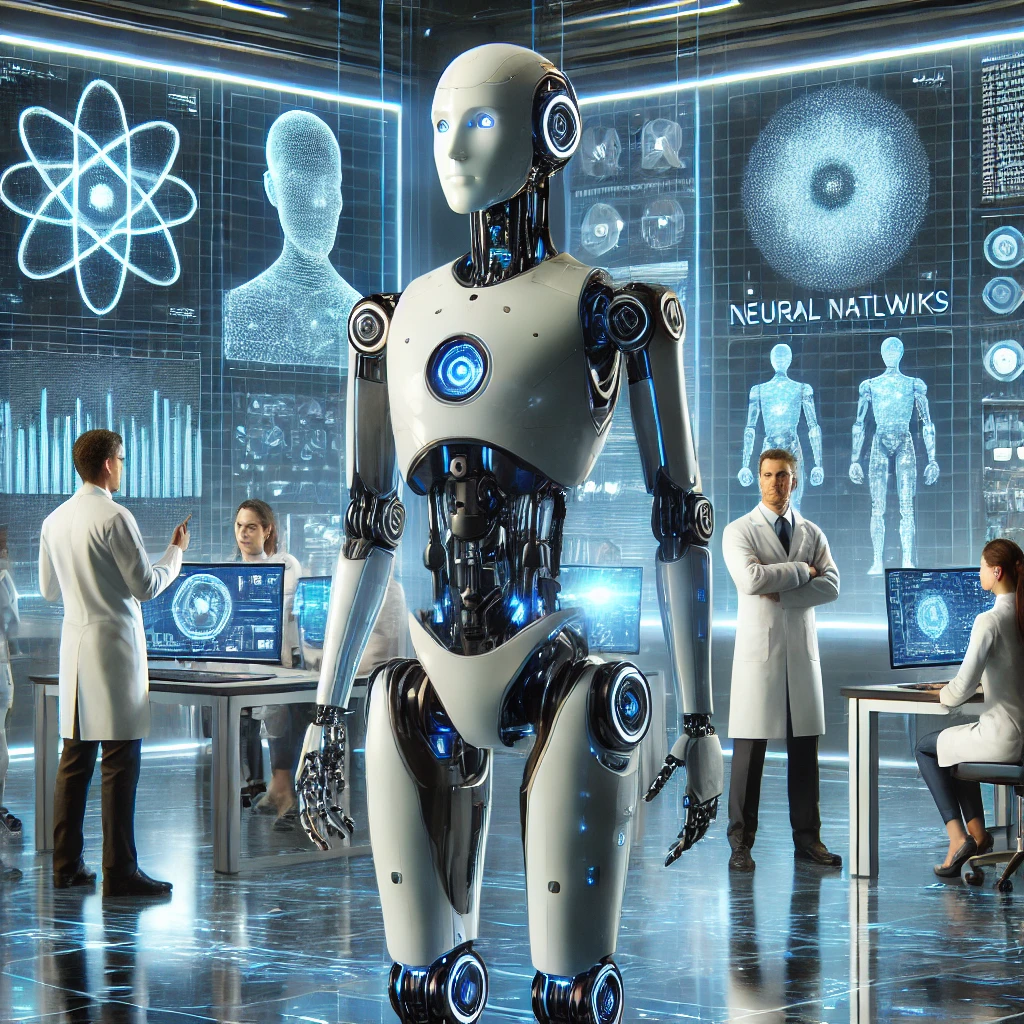
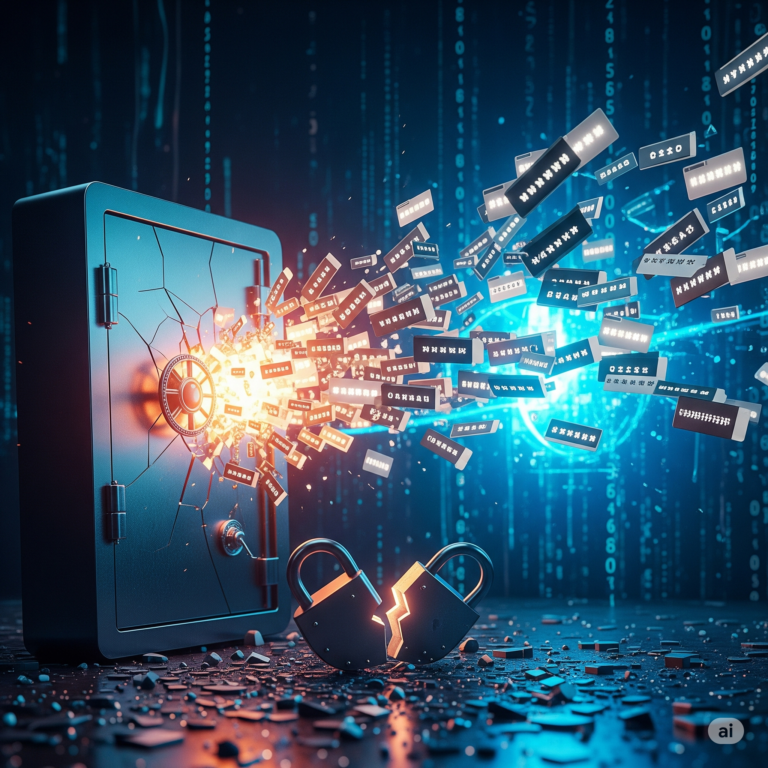

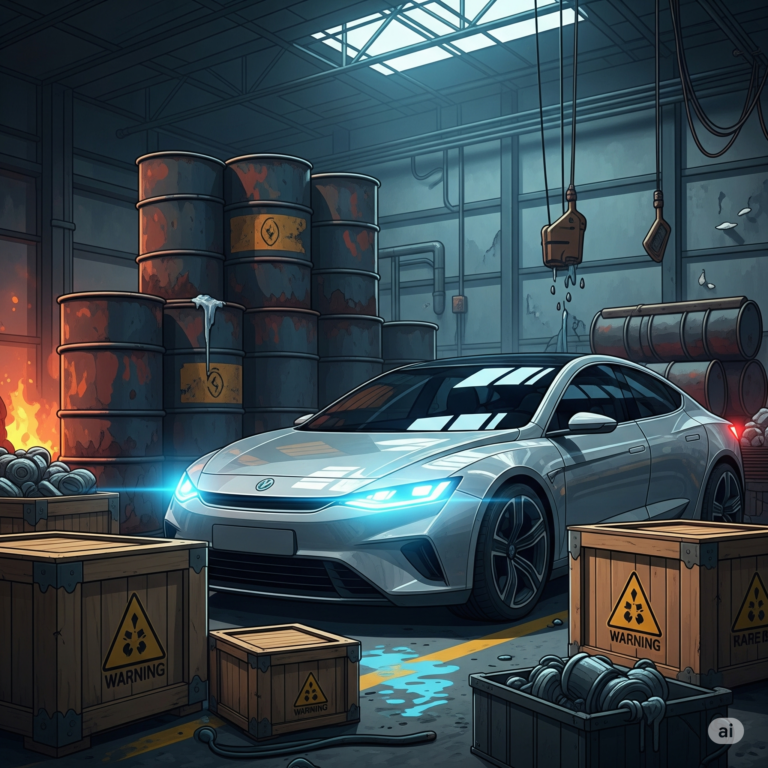
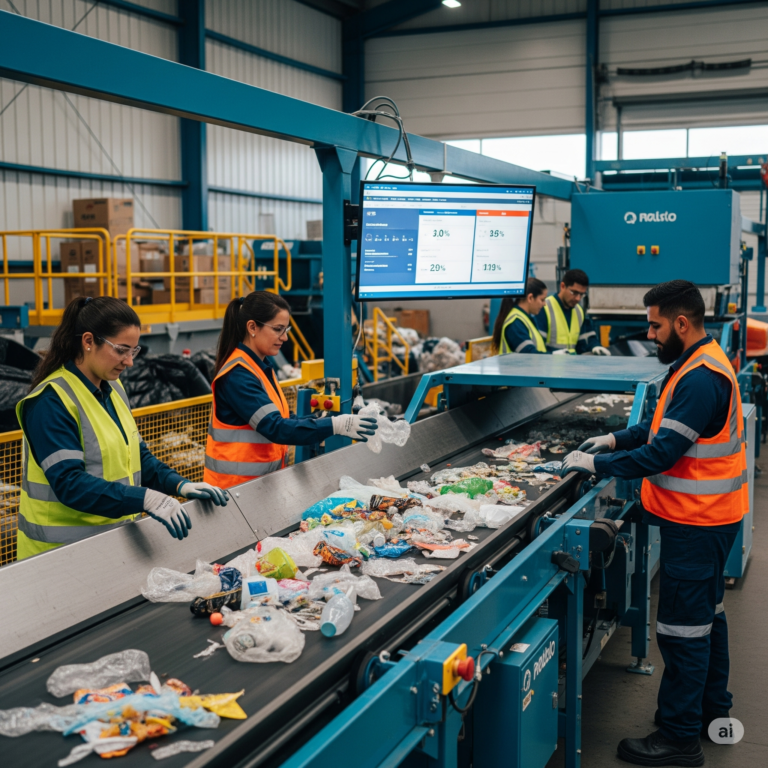
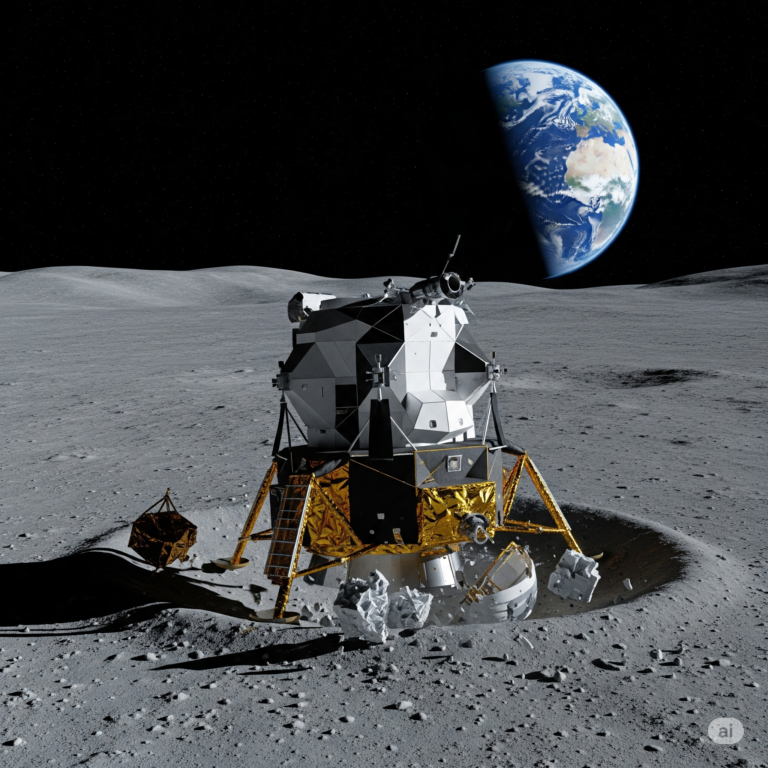
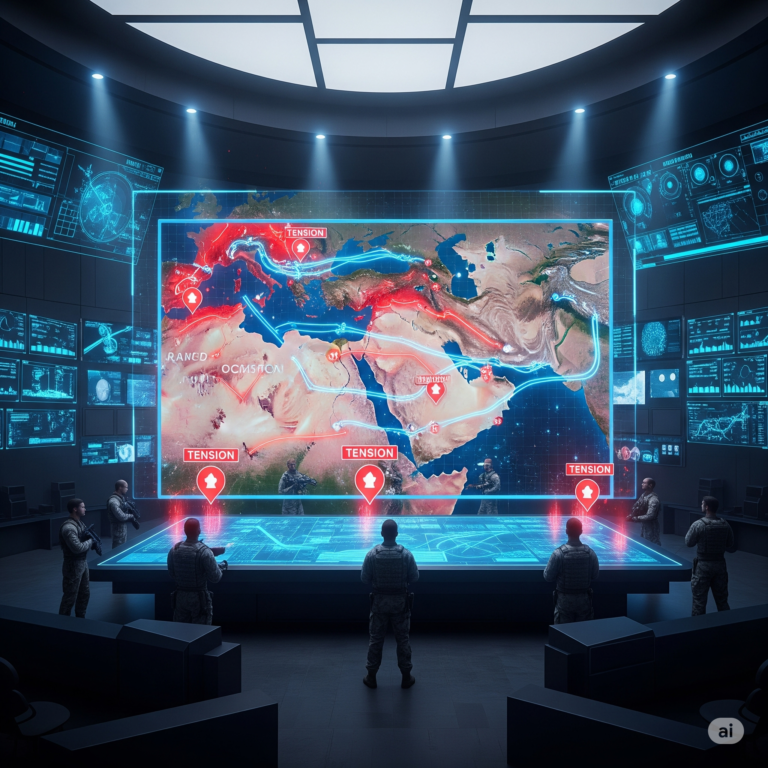

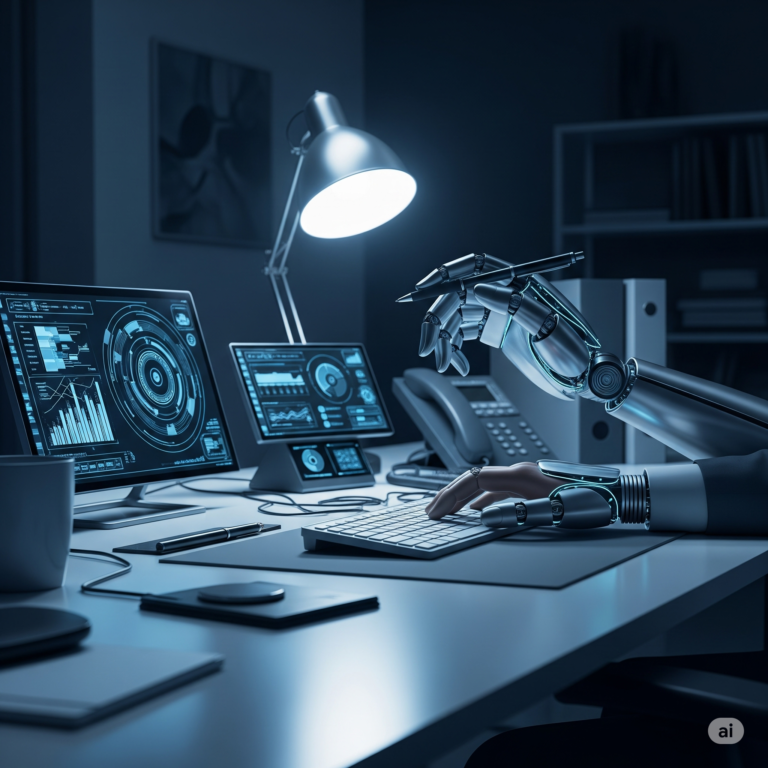
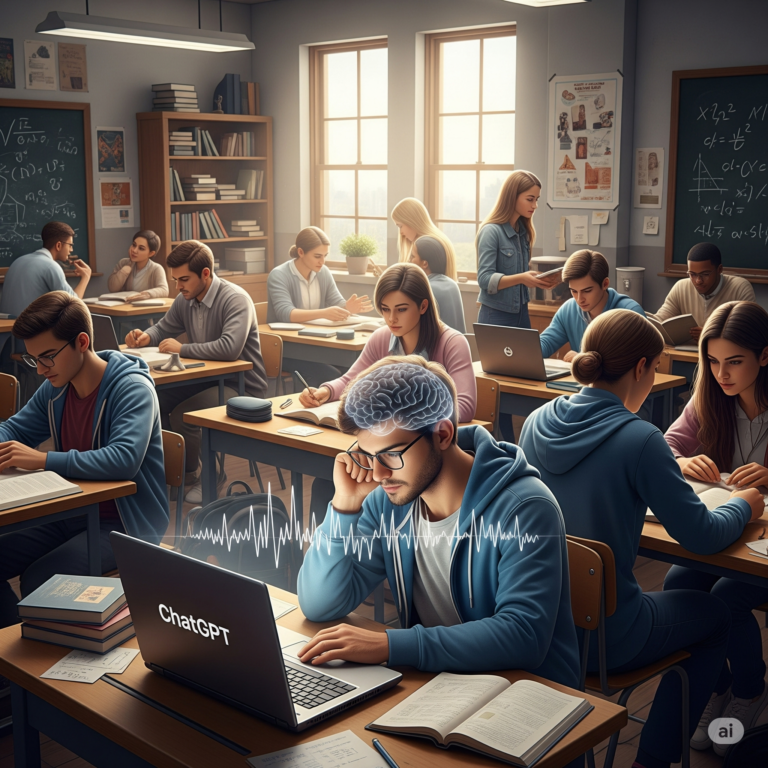
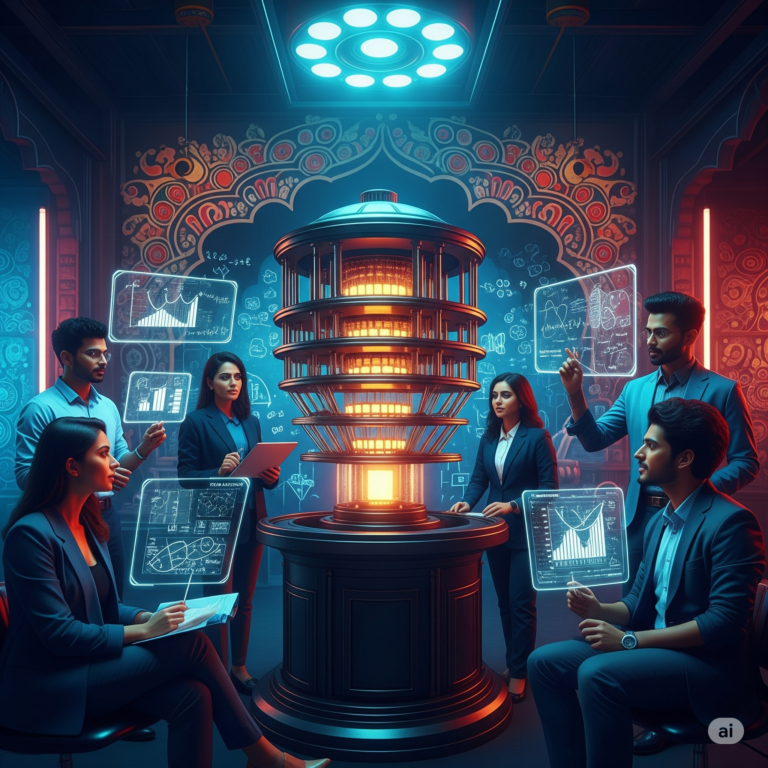
+ There are no comments
Add yours